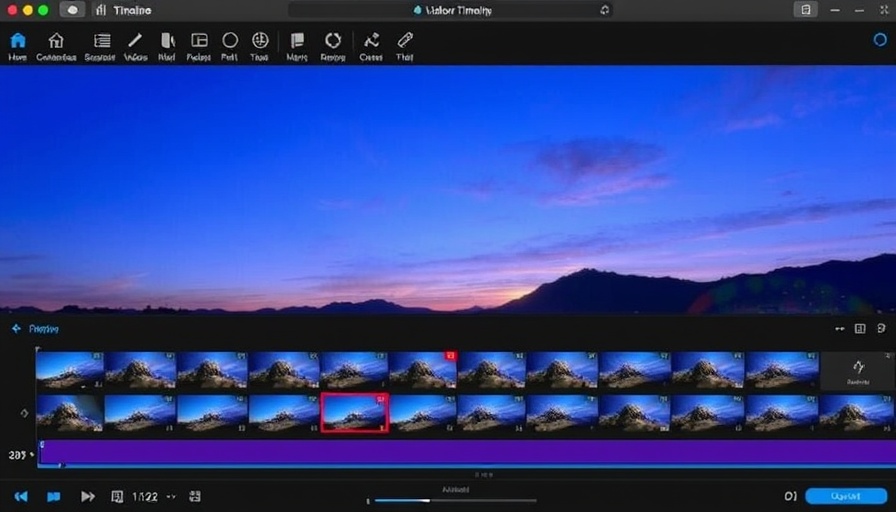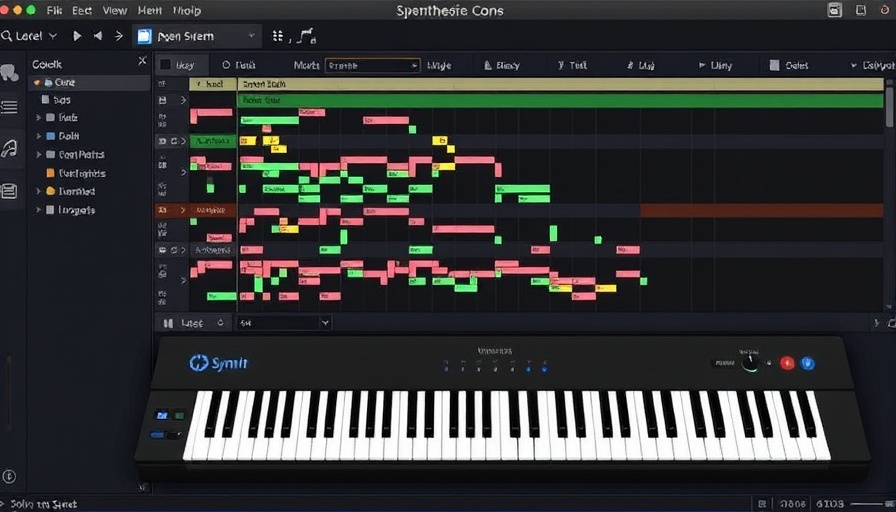
Veo 3 Revolutionizes Content Creation with Image Input Capability
In a significant update, Veo 3 now supports image inputs, a feature that empowers tech-savvy creators and indie makers to enhance their video projects. By allowing images as inputs alongside traditional video, Veo 3 is transforming the way content is generated and edited, opening new avenues of creativity and sophistication in AI-driven media.
Understanding Image Inputs: A New Frontier for Video Technology
Image inputs have long been utilized in various digital applications, but integrating this technology into video editing presents unique challenges and opportunities. Traditionally, video creators relied solely on moving images; however, with Veo 3's new capabilities, static images can augment storytelling, adding depth and visual richness to content. This development echoes trends in the industry where AI is used to automate aspects of video curation and creation. As creators begin to integrate these functionalities, we may see a shift in aesthetic and narrative approaches within the realm of video content.
The Value of Enhanced Viewer Engagement
Why does this update matter? With viewers increasingly demanding more interactive and visually stimulating content, tools like Veo 3 that embrace innovation can help creators meet market expectations. The fusion of image inputs allows for seamless transitions between media types, potentially enhancing viewer engagement and retention. More than just video editing, this represents a strategic move towards creating a more immersive viewing experience, which is critical in today’s visual culture.
Industry Comparisons: How Does Veo 3 Stack Up?
When placed alongside competitors such as Adobe Premiere Pro and Final Cut Pro, Veo 3's integration of image inputs offers unique advantages. While these platforms have long been known for their robust editing capabilities, Veo 3 stands out by emphasizing user accessibility and streamlined workflows for indie creators. It caters not just to seasoned professionals but also to those who may be unfamiliar with advanced video editing techniques. This democratization of technology could very well be the future of video creation, which is increasingly leaning towards user-friendly innovations to attract a broader audience.
Future Trends: Imagining What’s Next for AI-Driven Video Tools
As we look beyond Veo 3's current offerings, one must consider what might be next for AI in video technology. Future iterations might integrate machine learning to optimize image selection based on the narrative context or audience analytics. The possibilities are endless, suggesting that the convergence of AI and video technology will only deepen, leading to increasingly sophisticated and intuitive tools for creators.
Actions Steps for Creators: Harnessing New Tools for Ultimate Creativity
For tech-savvy creators and indie makers, embracing Veo 3's new features can significantly enhance your creative process. Here are some actionable insights:
- Experiment with Image Inputs: Start incorporating images that complement your video narratives to explore new storytelling modes.
- Engage with Community Feedback: Utilize viewer engagement metrics to refine the use of visuals as you analyze audience reception.
- Stay Updated with Software Advances: Regularly check for updates and new features in Veo 3 to leverage the full suite of tools available for content creation.
Conclusion: Embracing the Future of Video Creation
The addition of image input functionality in Veo 3 is more than just a technical enhancement—it's a leap towards a creative future where boundaries between different forms of media blur. For aspiring and established filmmakers alike, the growth of this technology signals an opportunity to push the envelope of creativity. Those willing to adapt and explore this innovative toolset are likely to lead the next wave of compelling content creation. Join the movement, and let Veo 3 inspire your next project!
 Add Row
Add Row  Add
Add 




Write A Comment